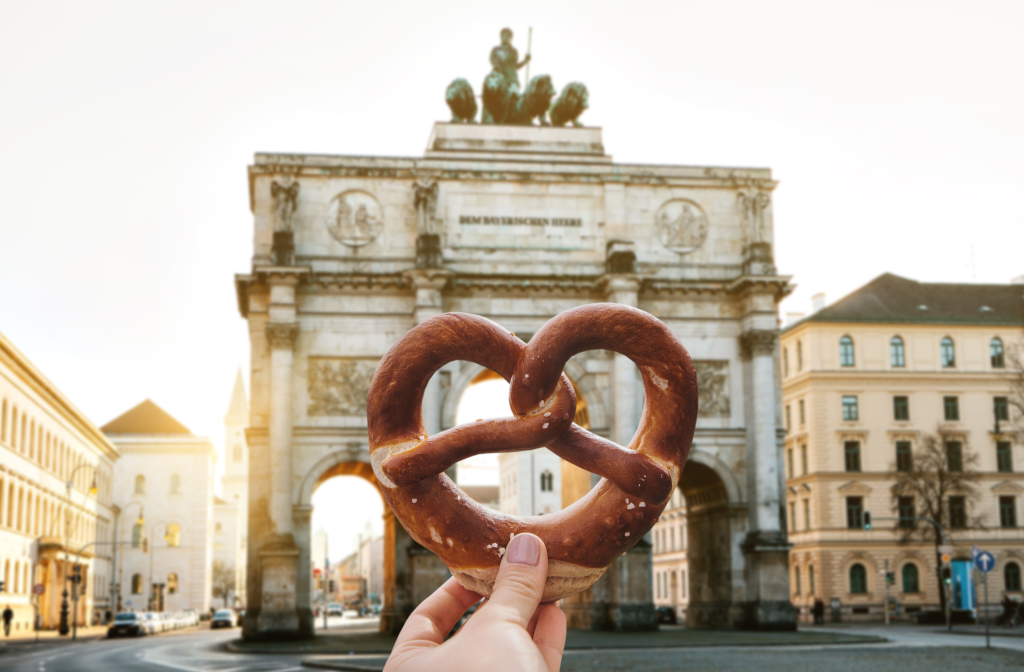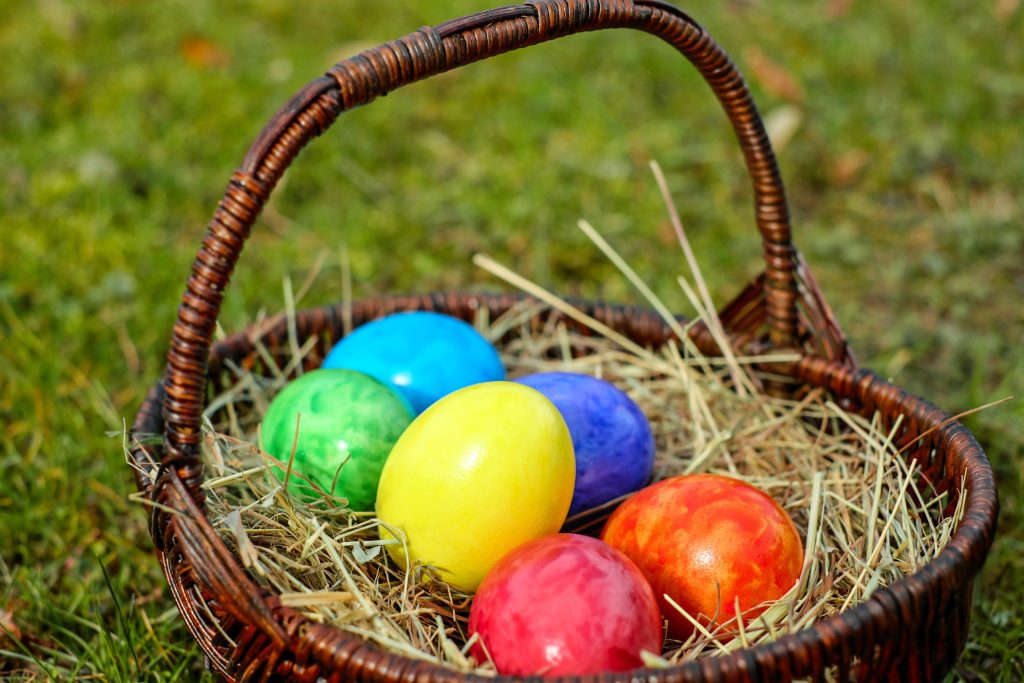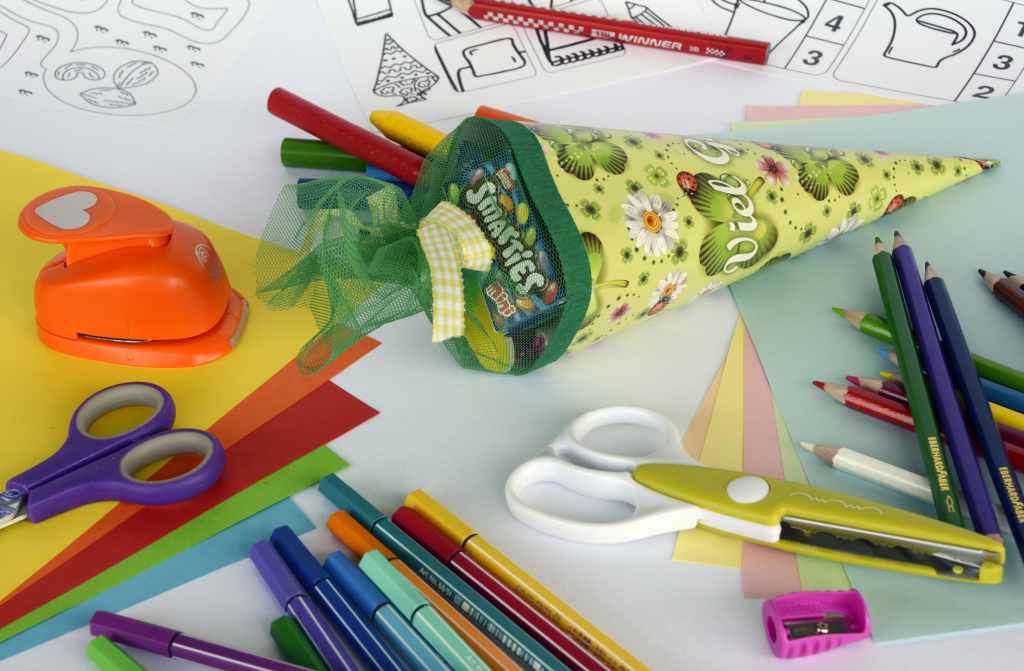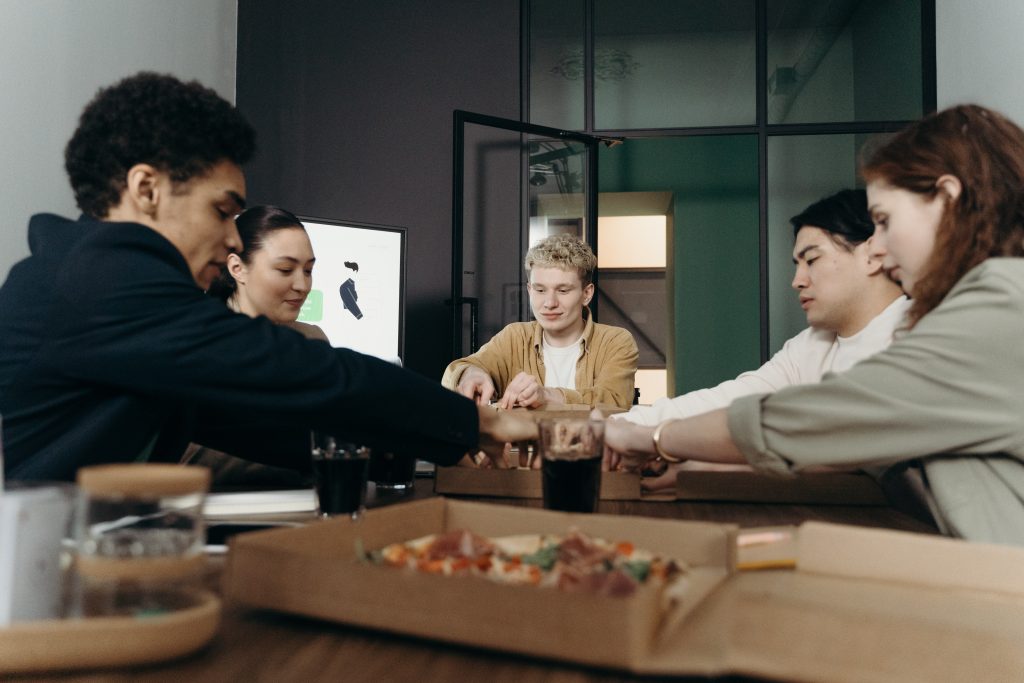
Top 10 Traditions in Germany you need to know
Germany, in central Europe, is famed for its economic strength and centuries-old culture. From charming Christmas markets to thrilling Pentecost bull racing, these traditions showcase the country’s rich history and different regional cultures. In this thorough investigation, we will explore 10 unique German customs that are important to its culture, providing depth and complexity to each.
1. Weihnachtsmärkte (Christmas Markets)
German Christmas markets, or Weihnachtsmärkte, transform city squares and ancient streets into winter wonderlands. These markets developed in the Late Middle Ages as winter shopping destinations. The holiday season runs from late November until Christmas Eve. Christmas markets feature crafts, decorations, and treats.
Each market is unique, and the Nuremberg Christkindlesmarkt has a centuries-old gingerbread cookie tradition. Smoking sausages, roasted chestnuts, and spicy Glühwein fill the air. No Christmas market is complete without the Christmas Tower and Nutcracker. The Christmas pyramid, a wooden carousel with exquisite miniatures, spins magically with candlelight. The Christmas symbol Nutcracker originated in Erzgebirge, Germany.
2. Oktoberfest
Oktoberfest honors Bavarian culture and traditions despite its beer connotation. Crown Prince Ludwig married Princess Therese of Saxony-Hildburghausen on October 12, 1810. Munichers were invited to the royal celebration on the Wiesen fields in front of the city gates, starting Oktoberfest. The parade with Munich mayor tapping the first beer keg in the “O’zapft is” ceremonial starts the celebration.
According to an official statistics, the Munich Wiesen counted last year (2023) 7.2 million guests compared to 2022 where 5.7 million attended during the 18 days of festivities. People from all over the world come to the Munich Oktoberfest to experience the extraordinary celebration.
At the event, millions of dirndl-clad people enjoy pretzels, sausages, and roast chicken. Traditional Bavarian music and rides liven things up. Oktoberfest beer is high-quality due to the 1516 German Beer Purity Law. Munich and neighboring brewers showcase their best beers in massive beer tents with themed entertainment. The 16-day celebration, from late September to the first Sunday in October, attracts foreign travelers to Bavaria’s traditions and hospitality.
3. Karneval (Carnival)
A colorful pre-lenten celebration called Karneval, Fasching, or Fastnacht is celebrated in the weeks preceding Ash Wednesday. Cologne, Düsseldorf, and Mainz have the most lively Karneval celebrations. Karneval started as pagan winter-to-spring celebrations with masks and costumes. Pre-Lent feasts and celebrations are Christian traditions. The spectacular costume parades, masked balls, and boisterous street celebrations characterize Karneval. If you want to buy authentic carnival costumes you can find it here.
A spectacular parade of brilliant floats, marching bands, and costumed revelers concludes Rose Monday in Cologne. Karneval floats often spoof current events and celebrities. Masked balls, social events, and the carnival prince and princess election make up Karneval, the “fifth season” of the year. Finally, the Nubbel, a straw effigy reflecting the previous year’s crimes, is burned on Shrove Tuesday (Fat Tuesday). Karneval is a time to unwind and appreciate this colorful tradition’s social energy.
4. Easter Egg Hunts and Osterbaum
Easter egg decorating is a German custom of rebirth and joy. Painting easter eggs & egg decorating, comprises complex hand-painting and wax-resist motifs and is part of the German Easter decorations. The Sorbians in eastern Germany are known for their intricate Easter egg decorations. Osterbaum, or Easter tree, is a famous Easter ritual. This tradition decorates birch or cherry branches with eggs, ribbons, and other spring symbols. Communities typically have Osterbaum decorating parties when families adorn the trees to celebrate spring. Easter Sunday brings family reunions and lavish dinners. You can find unique German Easter egg designs here.
Lamb, a symbol of sacrifice and resurrection, and Easter bread and cakes are traditional Easter delicacies. Easter Monday, a German public holiday, is celebrated with family trips to enjoy spring. Easter egg hunts are another beloved pastime for kids. As youngsters hunt for chocolate, candy, or tiny presents in hidden eggs, parks and gardens become treasure troves. Easter celebrates religion and the changing seasons with children’s laughter and colorful eggs.

5. Nikolaustag (St. Nicholas Day)
German youngsters cherish St. Nicholas Day on December 6. St. Nicholas (Sankt Nikolaus) and his devoted companion, Knecht Ruprecht or Krampus, depending on the location, are the focus of the legend. On the evening of December 5, youngsters anxiously leave their shined shoes outside their doors for St. Nicholas. They wake up to food, candies, and tiny presents in their shoes if they were nice all year. St. Nicholas, a beneficent figure with a flowing white beard and bishop’s miter, honors virtue and teaches giving. In some regions, Nicholas and Krampus personally visit children’s homes to deliver gifts.
Krampus, a horned evil beast, sometimes joins St. Nicholas to counteract his kindness. In these regions, on Krampusnacht, the night before St. Nicholas Day, things become darker. To encourage good behavior, adults in Krampus costumes scare youngsters on the streets. The Christian legend of St. Nicholas is based on the fourth-century bishop Nicholas of Myra, who was kind and compassionate. St. Nicholas tradition has merged with regional customs to create a lovely Christmas celebration.
6. Advent Wreaths and Calendars
The four weeks before Christmas in Germany are called Advent, a time for reflection and anticipation. Family Advent wreaths are popular. A symbolic centerpiece with four candles, one for each Advent week. Each Sunday, a new candle is lit to signify Christmas, with the larger center candle lit on Christmas Eve. Advent calendars are another popular German Christmas tradition. These calendars range from basic paper replicas with little doors to more sophisticated ones with pockets or drawers.
Children open a door or pocket every day starting December 1 to discover a little gift. Advent calendars make every day festive and create Christmas enthusiasm. Other than wreaths and calendars, Advent is marked with cultural events and celebrations. Advent brings families and communities together with concerts, Christmas markets, and community gatherings that create warmth and connection. Here you can find instructions on how to make an Advent Wreath.
7. Krampusnacht
Germany celebrates Krampusnacht the night before St. Nicholas Day, especially in Bavaria. According to folklore, Krampus, St. Nicholas’s companion, punishes wayward children. The winter season is darker and more mysterious with this Alpine mythology-inspired custom.
Adults march as Krampus during Krampusnacht, wearing fur, horns, and grotesque masks. Revelers’ playful chasing and intimidation of youngsters make festivities more interesting and terrifying. Some German regions celebrate Krampusnacht, adding a unique and intriguing flavor to German culture. If you want to participate in this tradition, check out Krampus costumes for sale.

8. Maibaum (Maypole celebration significance)
Raising the Maibaum, or Maypole is a custom in many German towns to mark the transition from the harshness of winter to the warmth of spring. This centuries-old tradition entails building a tall pole that is often decorated with vibrant ribbons, flowers, and community-representative emblems. It takes cooperation and coordination for everyone to raise the maypole. The community comes together for celebrations, traditional dances, and upbeat music that accompanies the ritual. You will find traditional Maypole decorations especially in small villages.
Every location adds its own special touch to the custom; for example, some communities have competitions for climbing maypoles or adorn the neighborhood with elaborate flower displays. The Maypole, which marks the change from the chilly winter months to the colorful and flowering days of spring, represents the renewal of nature and the spirit of community. The Maibaum festival is a tribute to the ongoing relationship between people and the changing seasons, as well as a reflection of agricultural traditions.
9. Pfingstochsenspringen (Pentecost Bull Racing)
The Christian festival of Pentecost, or Pfingsten in German, honors the moment when the Holy Spirit descended upon the apostles. Although Pentecost has great theological importance, it is also observed with a variety of cultural customs, the most unusual of which is Pfingstochsenspringen, or Pentecost bull racing. This fascinating custom, which dates back to the Bavarian town of Traunstein, includes young bulls being raced around town centers, enthralling both residents and tourists. When it comes to pentecost bull racing the safety measures are highly important.
The bull race is a display of power, dexterity, and talent that highlights the strong connection between German rural life and joyous festivities. Pfingstochsenspringen is a social event that unites people to celebrate the advent of spring rather than only being an athletic event. The race is often accompanied by upbeat music, customary dances, and regional cuisine, which fosters a spirit of happiness and unity. Everyone applauds for their favorite bulls as they thunder through the streets, bringing everyone together to celebrate Pentecost as a time of shared joy and cultural harmony.
10. Schultüte (School Cone)
For German kids, the first day of school is a big deal, and the Schultüte tradition gives this important occasion a little more enthusiasm and support. Schultüte, which translates as “school cone” in German, is a big bag shaped like a cone that is packed with candies, school supplies, and little presents. On the first day of school, parents and family give these cones to the kids as a support and celebration. It is part of the German school initiation customs.
The Schultüte is often customized to match the child’s hobbies and preferences and often matches the schoolbag and outfit. In addition to being a useful present that includes necessary school materials, it also acts as a symbolic gesture of support for the next academic endeavor. Children enter formal school with excitement and a feeling of celebration thanks to the custom, which cultivates a sense of expectation and delight.
Wrap It Up
Germany’s traditions are rich in culture, history, and regional variation. From charming Christmas markets to exciting Karneval festivities and distinctive St. Nicholas Day traditions, each tradition connects the country’s history and present. These customs celebrate community, festivity, and the connection between cultural history and daily life, whether it’s erecting a Maypole in a hamlet or racing bulls during Pentecost.

Article Author – Gino Peters
Gino Peters is the Commercial Director at ThisWorks, with a rich history of nearly a decade in international payroll. Throughout his tenure, he has consistently kept abreast of evolving labor legislation, ensuring that ThisWorks remains at the forefront of industry knowledge. Beyond his vast expertise, Gino is deeply committed to advising and guiding clients and partners with precise insights. His leadership guarantees that all content and operations at ThisWorks meet the highest standards of clarity, accuracy, and compliance.
Follow him on Linkedin
Book a free consultation with Gino Peters






